Sports Car Body Repair: Revitalizing Aesthetics for Optimal Driving Experience
Sports car body repair is an art that combines skilled craftsmanship with advanced technology to res…….
In the realm of automotive engineering, sports car body repair stands as a specialized art and science. It involves the meticulous restoration, reconstruction, and customization of high-performance vehicles, ensuring their aesthetic allure and structural integrity remain intact. This intricate process is not merely about fixing physical damage; it’s about preserving and enhancing the unique characteristics that define these iconic machines. The following article aims to take readers on a comprehensive journey through the world of sports car body repair, exploring its various facets, global impact, technological innovations, regulatory landscape, and future prospects.
Definition: Sports car body repair is a specialized technique dedicated to restoring and enhancing the exterior and structural components of high-performance sports cars. It involves precision work, often requiring expert knowledge in metalworking, painting, panel beating, and composite material fabrication. The ultimate goal is to revive the vehicle’s original condition or create a unique, customized design while maintaining its safety and performance standards.
Core Components:
Panel Beating: This traditional art involves straightening and reshaping damaged body panels to their original form. Skilled technicians use hand tools and specialized equipment to carefully manipulate metal, ensuring a seamless fit and maintaining the car’s structural integrity.
Painting and Color Matching: Restoring a sports car’s exterior paintwork is an intricate process. Technicians must match the original color precisely, considering factors like base coat, clear coat, and the unique manufacturing processes of different automakers. Advanced equipment, such as color scanners, aids in achieving perfect color consistency.
Composite Material Repair: Modern sports cars often feature advanced composite materials like carbon fiber. Repairs to these structures require specialized tools and techniques, including resin injection, vacuum bagging, and compression molding, to ensure strength and stiffness are maintained.
Structural Integrity Assessment: Before any repair is undertaken, a thorough inspection is crucial. Technicians evaluate the car’s chassis, suspension, and safety systems to identify potential weaknesses or structural flaws, ensuring all repairs align with safety standards.
Historical Context: The art of sports car body repair has evolved alongside the development of automotive technology. From vintage cars requiring manual labor and traditional metalworking techniques, to modern high-performance vehicles with advanced composite materials and computer-aided design, the industry has adapted and grown. The rise of specialized repair facilities and the availability of authentic replacement parts have contributed to the accessibility and quality of sports car restoration.
Sports car body repair is a global phenomenon, with significant variations in techniques and preferences across regions. Here’s an overview:
| Region | Key Trends & Influences | Unique Aspects |
|---|---|---|
| North America | Focus on classic car restoration; widespread availability of OEM parts; advanced paint technology | Customization and performance tuning are popular |
| Europe | Emphasis on original equipment manufacturer (OEM) authenticity; stringent environmental regulations for painting processes | Skilled labor force with a rich automotive heritage |
| Asia (Japan, South Korea) | Rapid technological adoption; cutting-edge composite material repair techniques; affordable yet high-quality repairs | Growing market for custom sports car builds and restoration |
| Middle East | Affluence drives demand for rare and exotic cars; specialized facilities catering to supercar owners | Unique design preferences and a culture of luxury automotive ownership |
These regional trends highlight the diverse nature of sports car body repair, shaped by cultural preferences, economic factors, and local automotive traditions.
The global sports car body repair market is a significant segment within the broader automotive aftermarket industry. Key economic aspects include:
Market Size: According to a 2022 report, the global automotive repair market, encompassing sports cars, is projected to reach USD 1.5 trillion by 2027, growing at a CAGR of 4.8%. This growth is driven by increasing vehicle ownership and the rising demand for specialized repairs.
Investment Patterns: Private equity firms and automotive enthusiasts invest in specialized repair facilities, recognizing their potential as premium services. These investments often focus on state-of-the-art equipment, skilled workforce development, and unique service offerings.
Economic Impact: Sports car body repair contributes to local economies by creating jobs, stimulating demand for raw materials, and fostering the growth of related industries like automotive painting and composite material manufacturing.
Technology plays a pivotal role in modern sports car body repair, enhancing efficiency, precision, and sustainability. Some significant advancements include:
Computer-Aided Design (CAD) and Manufacturing: CAD software allows for precise digital modeling of body panels, enabling efficient manufacturing processes. 3D printing technology is also being explored for rapid prototyping and custom parts fabrication.
Robotic Panel Beating: Automated robotic systems are now used in some repair facilities for panel beating tasks. These robots offer increased precision, consistency, and the ability to handle complex shapes, reducing labor costs and improving productivity.
Advanced Paint Technology: The development of water-based paints, hybrid coatings, and advanced electrostatic painting processes has improved paint quality, reduced environmental impact, and enabled faster drying times.
Digital Color Matching: Advanced color scanning systems capture detailed color data, ensuring accurate color matching during restoration projects. This technology is crucial for maintaining the original aesthetic integrity of sports cars.
Composite Material Innovations: Research into lightweight and high-strength composite materials continues, offering potential benefits in fuel efficiency and performance. Advances in resin systems and fabrication techniques are revolutionizing repair processes for these complex structures.
The sports car body repair industry operates within a framework of laws and regulations aimed at ensuring safety, environmental protection, and consumer rights. Key considerations include:
Vehicle Safety Standards: Repairs must comply with regional safety standards, particularly for structural integrity, crashworthiness, and the proper functioning of safety systems like airbags and seatbelts.
Environmental Regulations: Strict rules govern the disposal of hazardous materials, such as solvents and paints, and the emission of volatile organic compounds (VOCs). Facilities must invest in appropriate waste management and pollution control systems.
Intellectual Property Rights: Repairs involving custom designs or modifications may raise intellectual property issues, especially when dealing with original equipment manufacturer (OEM) designs or trademarked logos.
Consumer Protection: Laws protect consumers from substandard repairs and ensure transparent pricing practices. Licensed repair facilities must adhere to these regulations to maintain their reputation and avoid legal repercussions.
Despite its growth, the sports car body repair industry faces several challenges and criticisms:
Skill Shortage: Skilled technicians are in high demand, leading to a shortage of qualified professionals. Training programs and apprenticeship initiatives can help address this issue, ensuring a competent workforce.
Cost and Accessibility: High-quality repairs can be expensive, making them less accessible for some owners of classic or vintage sports cars. Offering tailored financing options and affordable restoration packages could encourage more people to preserve their automotive heritage.
Counterfeit Parts: The availability of counterfeit parts can compromise the quality and safety of repairs. Stricter regulations and collaboration with OEM manufacturers are necessary to combat this issue, ensuring customers receive authentic replacement components.
Environmental Concerns: Traditional painting processes contribute to air pollution and VOC emissions. Adopting more eco-friendly technologies and practices is essential for a more sustainable industry.
A renowned restoration shop in Italy took on the challenge of restoring a rare 1960s Ferrari prototype. The car had sustained significant damage over the years, requiring panel beating to reshape the body panels and intricate painting work to match the original finish. The project involved extensive research, including consultation with Ferrari’s archives, to ensure historical accuracy. This case highlights the importance of meticulous attention to detail and the value of preserving automotive history.
A custom car builder in the Middle East collaborated with a sports car body repair specialist to create a one-of-a-kind supercar. The project involved extensive modifications, including a new front end, enhanced aerodynamics, and a unique color scheme. Through close collaboration between designers, engineers, and repair technicians, the team achieved a stunning result that pushed the boundaries of customization while maintaining structural integrity.
The sports car body repair industry is poised for growth, driven by several emerging trends:
Electric Vehicle (EV) Restoration: As electric sports cars gain popularity, specialized restoration facilities will need to adapt their expertise to accommodate these new vehicles. EV repairs focus on battery packs, motor components, and unique body design considerations.
Advanced Material Repair: The adoption of advanced composite materials in automotive design will drive the need for specialized repair techniques. This includes the emergence of new resin systems and fabrication methods for repairing or replacing complex structures.
Digital Twin Technology: The concept of digital twins—virtual replicas of physical assets—could revolutionize body repair. Digital twins enable detailed simulation, testing, and visualization, improving repair processes and reducing costs.
Sustainable Practices: There is a growing emphasis on sustainability in the industry. Facilities that adopt eco-friendly technologies, reduce waste, and use recycled materials will gain a competitive edge.
Sports car body repair is not merely a commercial endeavor; it’s about preserving a piece of automotive history and engineering excellence. From vintage classics to modern supercars, the process ensures these iconic vehicles remain in top condition, ready to grace the streets and race tracks. As technology advances and global trends evolve, the industry must adapt while staying true to its core values of precision, craftsmanship, and structural integrity.
Q: How do I find a reputable sports car body repair shop?
A: Research is key. Check online reviews, ask for recommendations from automotive forums or local car clubs, and ensure the facility has a proven track record and qualified technicians.
Q: Are there any legal requirements for restoring my classic sports car?
A: Yes, repairs must comply with regional safety and environmental regulations. Consult local authorities or automotive experts to understand specific requirements in your area.
Q: Can I perform basic body repair on my own?
A: While some basic tasks are achievable for enthusiasts, complex repairs require specialized skills and equipment. It’s generally advisable to seek professional assistance for ensuring structural integrity and safety.
Q: How do I choose the right replacement parts for my sports car restoration?
A: Opt for OEM (original equipment manufacturer) parts or reputable aftermarket brands known for their quality. Consider factors like fit, finish, and warranty when making your selection.
Q: Are there any environmental considerations I should be aware of during a sports car restoration?
A: Absolutely. Strive to use eco-friendly paints and solvents, and ensure proper disposal of waste materials. Some regions have specific regulations regarding air emissions during the painting process.

Sports car body repair is an art that combines skilled craftsmanship with advanced technology to res…….
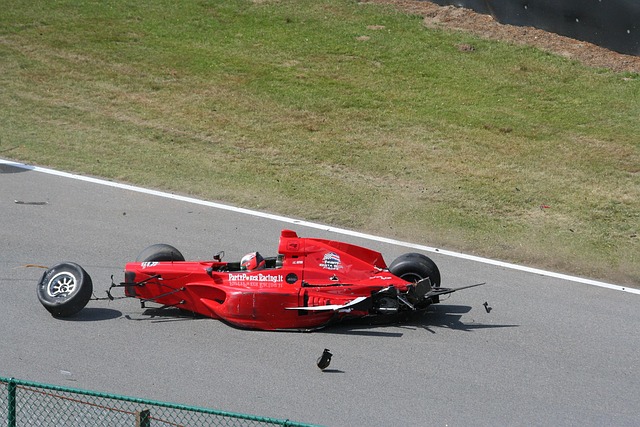
Sports car body repair is a specialized craft demanding precision and advanced skills due to complex…….
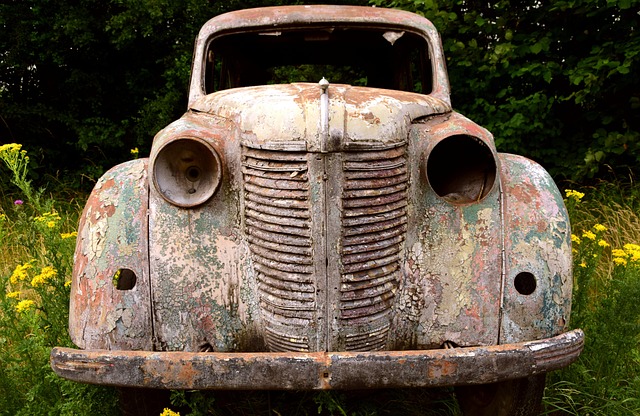
Sports car body repair is a crucial, often overlooked aspect that significantly impacts vehicle valu…….
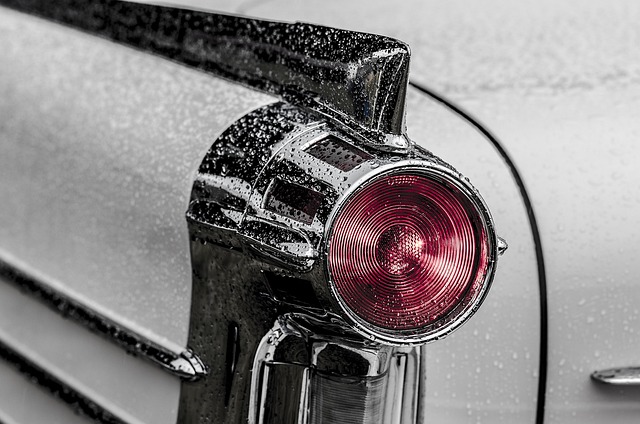
Sports car body repair is a specialized field requiring advanced skills and tools due to their uniqu…….

Sports car body repair is a specialized field requiring advanced equipment, skilled technicians, and…….
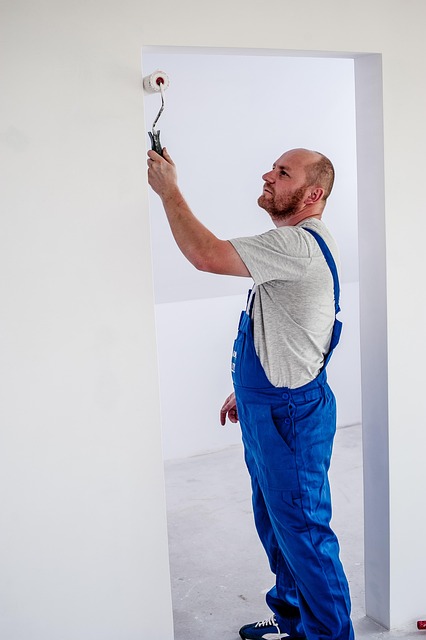
Sports car body repair goes beyond surface fixes, focusing on preserving and enhancing both performa…….

Sports cars, with their luxurious design and high-performance capabilities, demand specialized care…….

In sports car body repair, a thorough visual assessment using specialized tools is step one. Plannin…….

Sports car body repair is crucial for enthusiasts and collectors, aiming to preserve both the artist…….
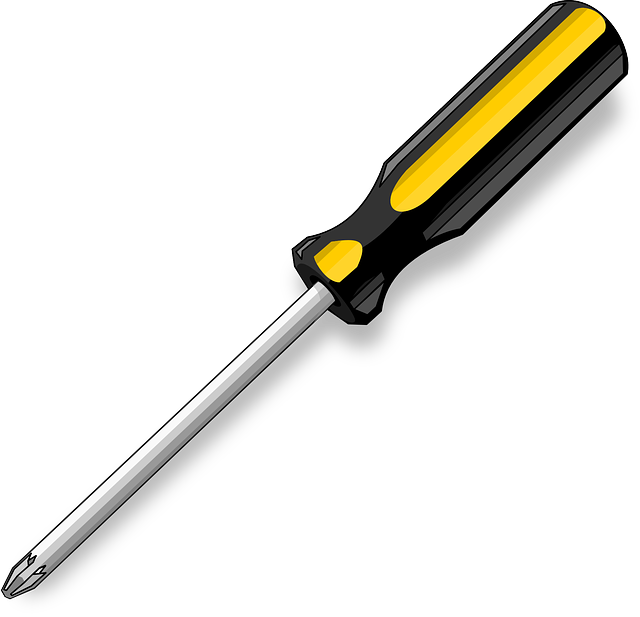
Sports car body repair combines automotive expertise and artistic skill, requiring a specialized too…….